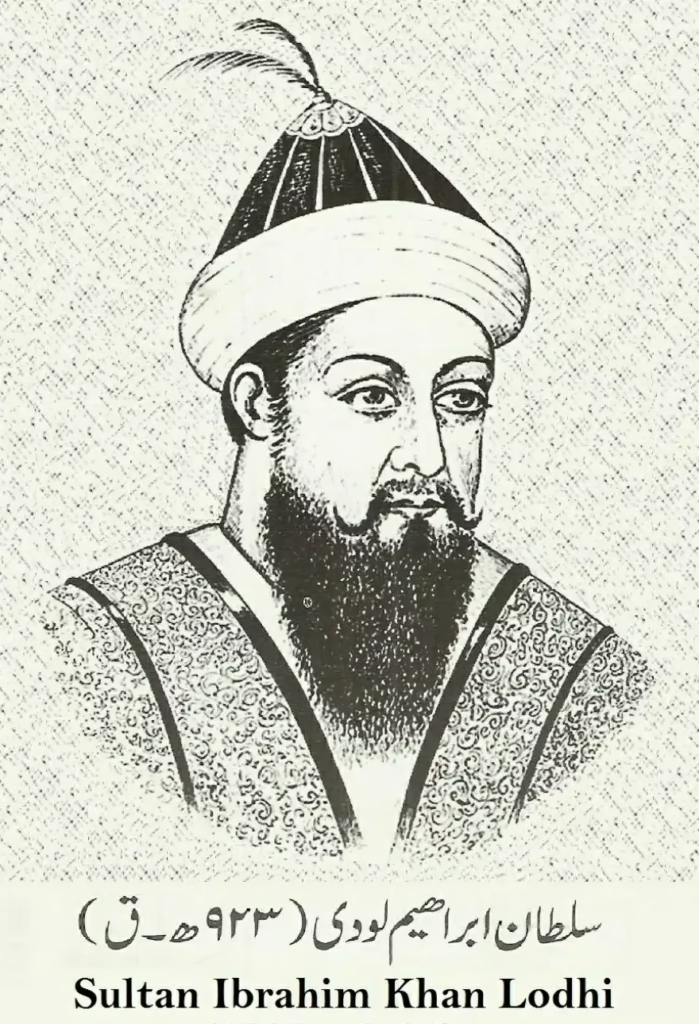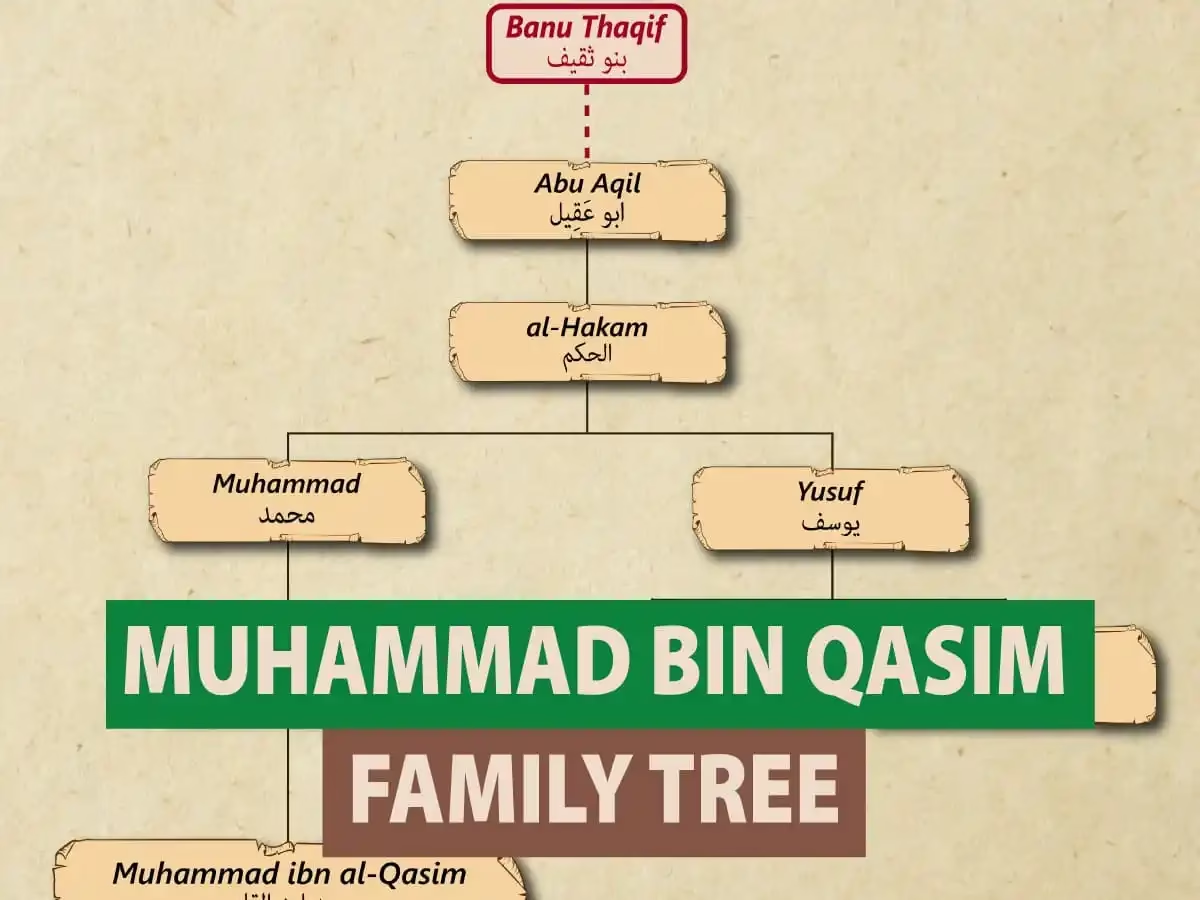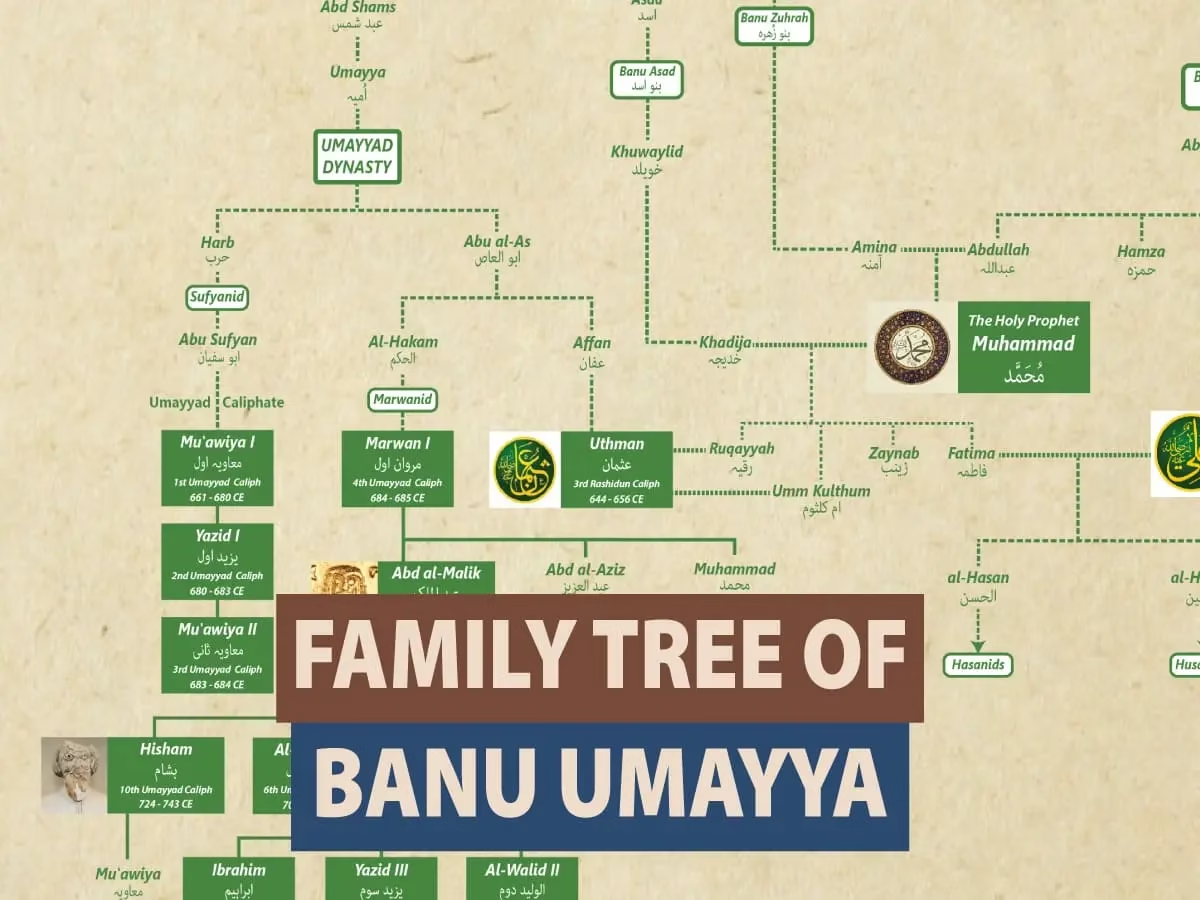The Delhi Sultanate or the Sultanate of Delhi was a late medieval empire primarily based in Delhi that stretched over large parts of the Indian subcontinent for more than three centuries. The sultanate was established around c. 1206–1211 in the former Ghurid territories in India. The sultanate’s history is generally divided into five periods: Mamluk (1206–1290), Khalji (1290–1320), Tughlaq (1320–1414), Sayyid (1414–1451), and Lodi (1451–1526). It covered large swaths of territory in modern-day India, Pakistan, Bangladesh, as well as some parts of southern Nepal.
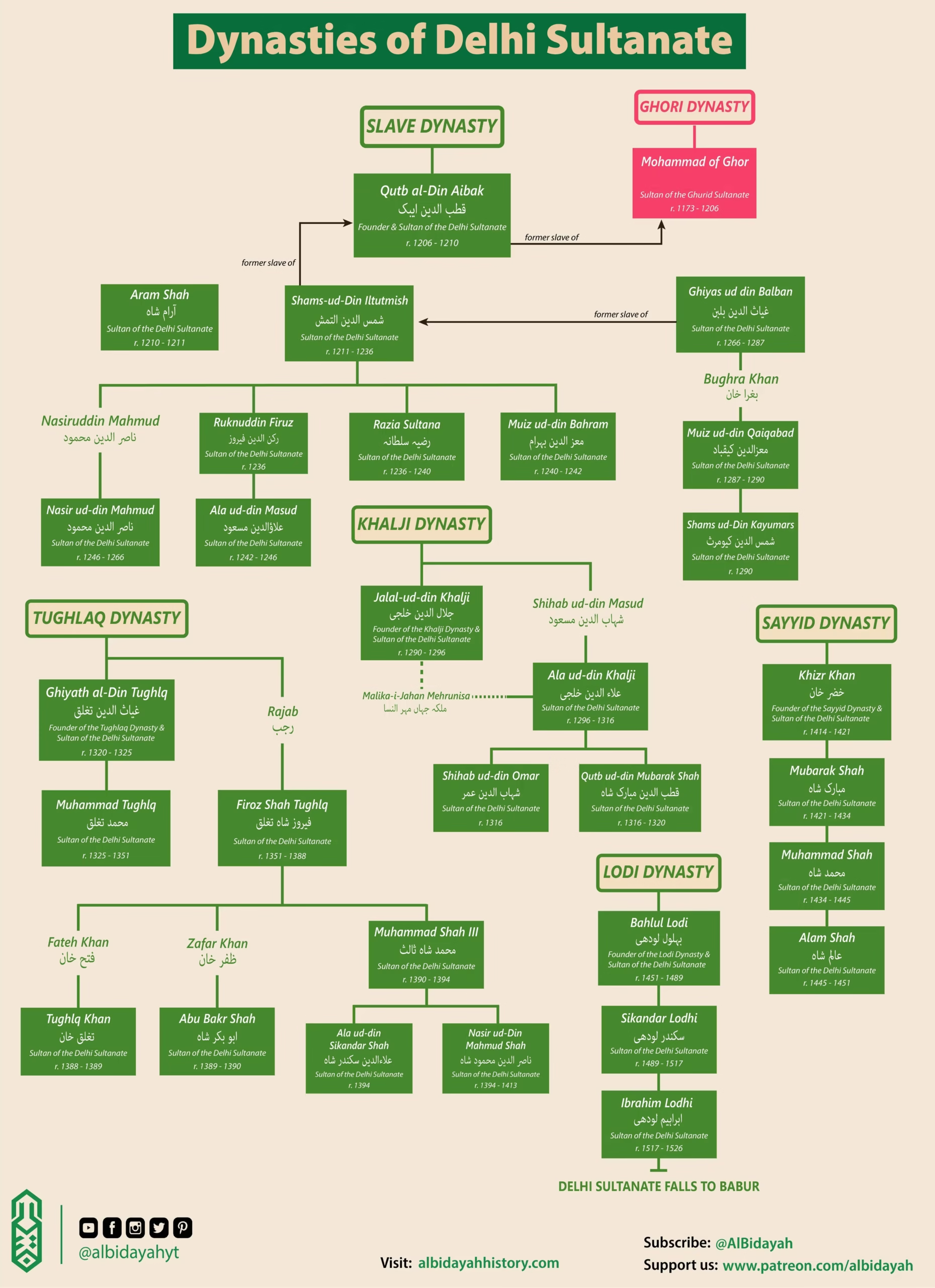
Background of the Delhi Sultanate
The rise of the Delhi Sultanate was part of a broader movement of Turkic migration from Central Asia into Muslim lands, beginning in the 9th century. As the Islamic Caliphate fragmented, non-Muslim Turkic nomads were enslaved and trained as Mamluks—elite military slaves who later rose to power. These Turkic warriors established Mamluk Sultanates across the Muslim world, from Egypt to Afghanistan, before expanding into the Indian subcontinent.
By the 10th century, Hindu and Buddhist kingdoms in South Asia faced repeated raids from Muslim warlords. Mahmud of Ghazni led 17 raids, plundering northern India but only extending Islamic rule into western Punjab. Unlike his predecessors, Muhammad of Ghor launched a systematic conquest of northern India in 1173 CE, establishing a Sunni Islamic kingdom east of the Indus River. His campaigns laid the foundation for the Delhi Sultanate, with some historians marking its beginning in 1192 CE.
After Muhammad Ghori’s assassination in 1206, his Turkic slave-general Qutb al-Din Aibak seized power, becoming the first Sultan of Delhi, marking the official establishment of the Delhi Sultanate.
Muhammad of Ghor or Shahabuddin Muhammad Ghuri
Mu’izz al-Din Muhammad ibn Sam or Muhammad of Ghor also known as Shahabuddin Muhammad Ghauri, was a Ghurid ruler who expanded his empire from present-day Afghanistan into South Asia, laying the foundation for nearly five centuries of Muslim rule in the region.
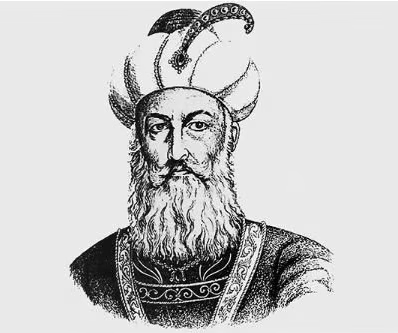
Initially governing the southern Ghurid territories, he defeated the Oghuz Turks, annexed Ghazni, and crossed the Indus in 1175, capturing Multan and Uch. A failed attempt to invade Gujarat in 1178 redirected his focus to the Ghaznavids, whom he defeated by 1186, securing the Punjab and the Khyber Pass.
Muhammad suffered a major defeat against Prithviraj Chauhan at Tarain in 1191 but returned the next year with a stronger force, winning decisively and executing Prithviraj. Delegating Indian campaigns to his slave commanders, he expanded Ghurid influence into Bengal and Bihar.
After his brother’s death in 1203, Muhammad became the supreme Ghurid ruler but faced setbacks, including a crushing defeat against the Khwarazmians in 1204. He quelled revolts although a rebellion by the Hindu Khokhars forced him to move towards the Salt Range, where he brutally crushed the Khokhar revolt during his last campaign.
On his way back, Muhammad of Ghor was assassinated on the bank of Indus at Damyak on 15 March 1206, by the Ismāīlī emissaries while offering evening prayers. Some later accounts possibly with the genesis in the writing of Ferishta claimed that his assassins were Hindu Khokhars. His Indian conquests endured under Qutb al-Din Aibak, leading to the rise of the Delhi Sultanate.
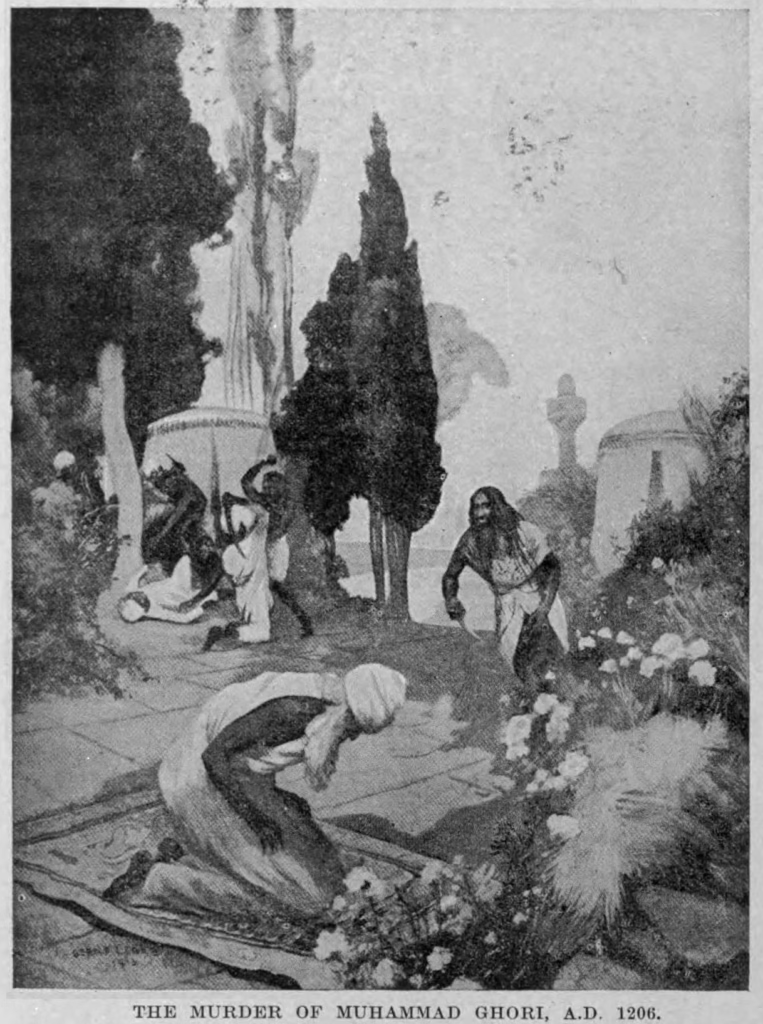
Mamluk or Slave Dynasty (1206–1290)
The Mamluk dynasty, also known as the Slave dynasty, was established by Qutb al-Din Aibak after the death of his master, Muhammad Ghori. Aibak fought with another former slave-general Taj al-Din Yildiz for control of Ghurid territories in north-western India. During this campaign, he advanced as far as Ghazni, although he later retreated and set up his capital at Lahore. He nominally acknowledged the suzerainty of Muhammad Ghori’s successor Ghiyasuddin Mahmud, who officially recognized him as the ruler of India. Aibak, known for his generosity, ruled briefly (1206–1210) before dying in a polo accident.
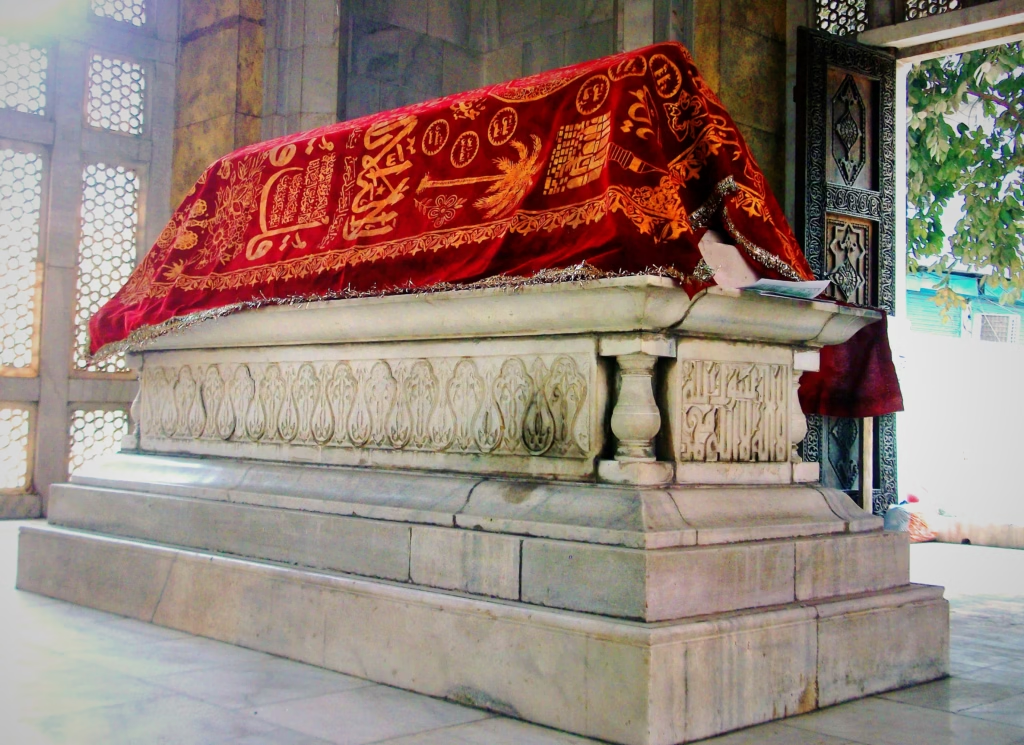
His successor, Aram Shah, was weak and deposed by Shams ud-Din Iltutmish (1211–1236), who solidified the dynasty’s rule by repelling rivals and Mongol invasions. Iltutmish also introduced the Iqta system and obtained recognition from the Abbasid Caliphate, strengthening his legitimacy.
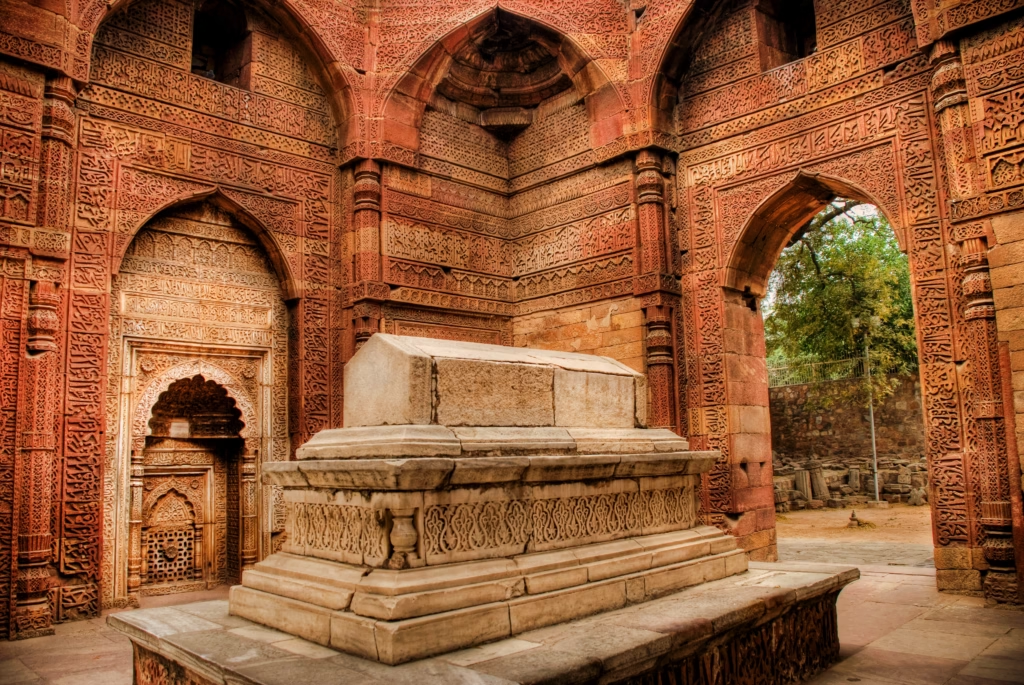
After his death, his daughter Razia Sultana (1236–1240) ascended the throne, making history as the first female ruler of Delhi. Razia’s ascension was challenged by a section of nobles, some of whom ultimately joined her, while the others were defeated. The Turkic nobles who supported her expected her to be a figurehead, but she increasingly asserted her power. She was deposed by a group of nobles in April 1240, after having ruled for less than four years. She married one of the rebels – Ikhtiyaruddin Altunia – and attempted to regain the throne, but was defeated and killed by her half-brother and successor Muizuddin Bahram.
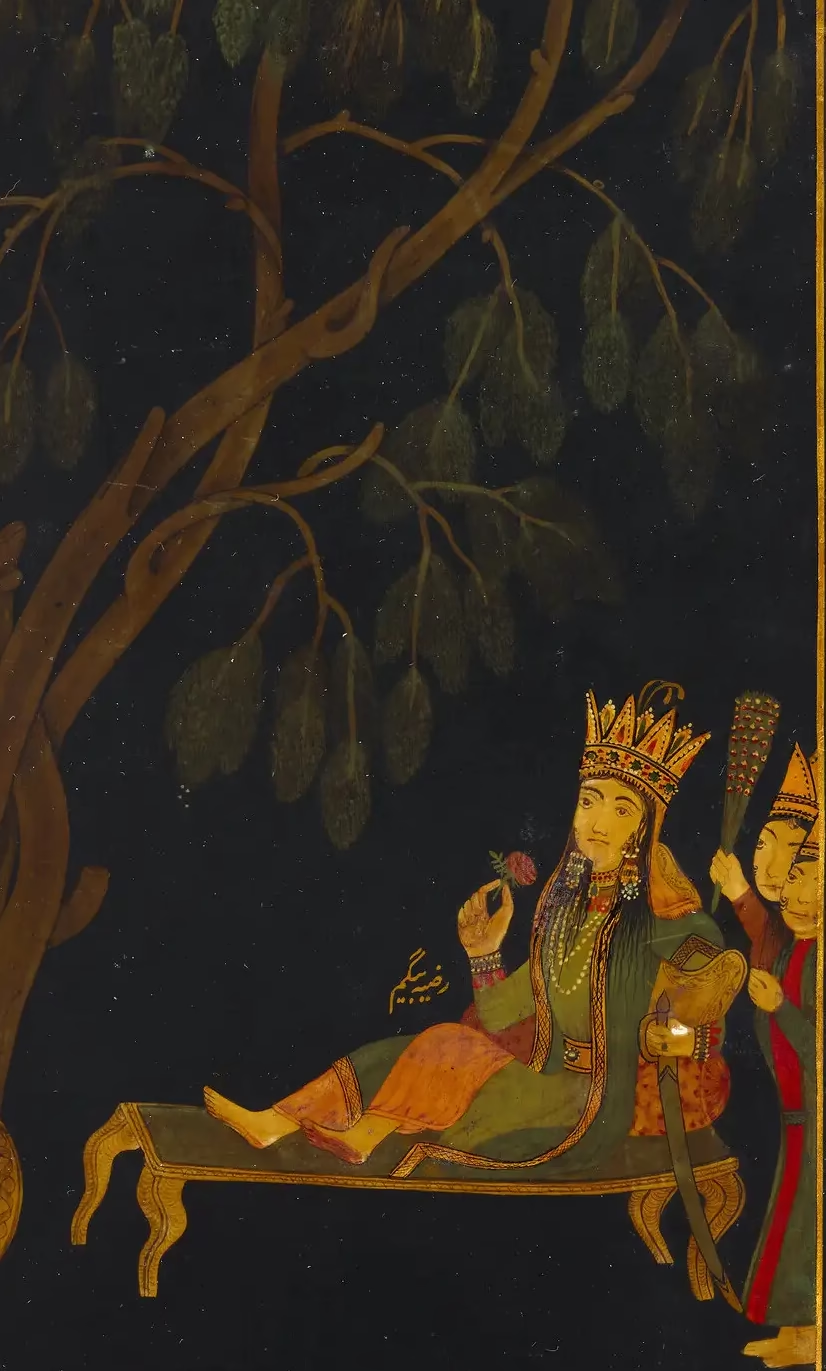
Following a period of instability, Ghiyas ud-Din Balban (1266–1287) restored order by suppressing the powerful Corps of Forty and strengthening the central administration. His strict governance and military campaigns against Mongols solidified his rule. In spite of having only a few military achievements, Balban reformed civil and military lines that earned him a stable and prosperous government granting him the position, along with Shams ud-din Iltutmish and the later Alauddin Khalji, one of the most powerful rulers of Delhi Sultanate. However, after his death, the weak reign of Muiz ud-Din Qaiqabad (1287–1290) led to the dynasty’s downfall when he was overthrown by Jalal ud-Din Firuz Khalji in 1290.
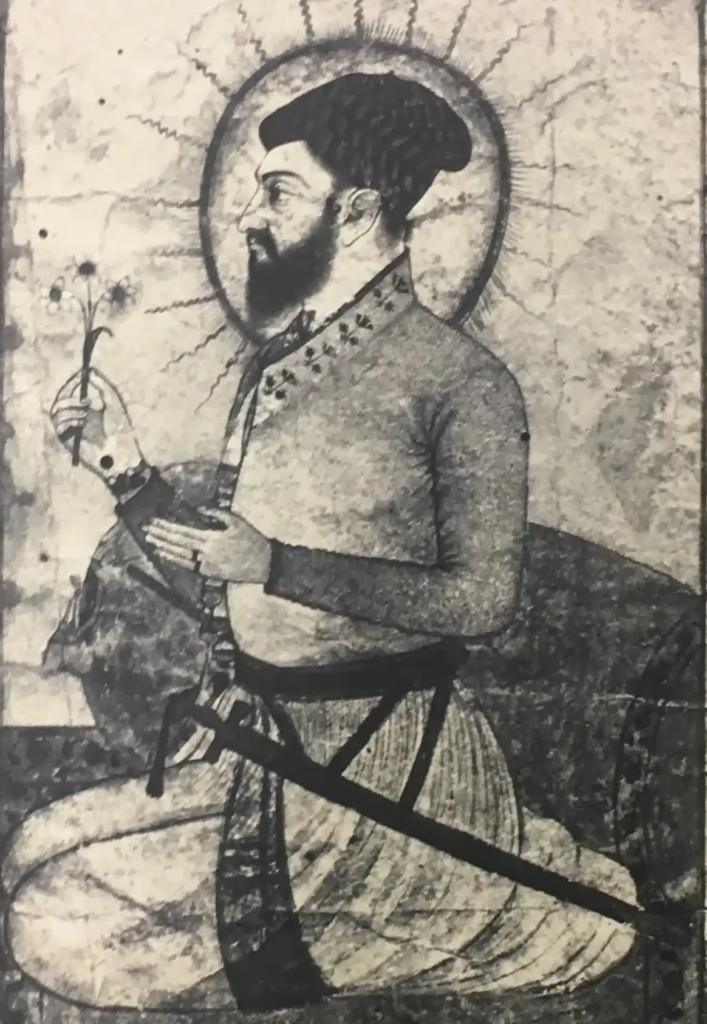
Khalji Dynasty (1290–1320)
The Khalji dynasty, of Turkic-Afghan descent, marked a shift in power from the old Turkish aristocracy to a more diverse ruling class. Jalal ud-Din Firuz Khalji (1290–1296), known for his leniency, was assassinated by his ambitious nephew, Ala ud-Din Khalji (1296–1316), who became one of the most powerful rulers of the Delhi Sultanate.
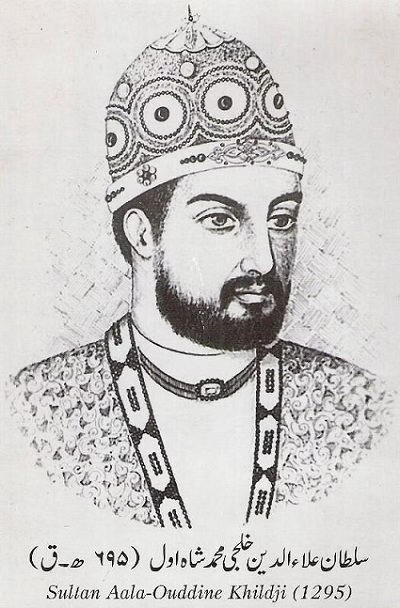
Ala ud-Din expanded the empire through conquests in Gujarat, Rajputana, and the Deccan, with notable victories led by his general Malik Kafur. His rule was marked by economic and administrative reforms, including market price controls, high agricultural taxes, and a massive standing army to prevent Mongol invasions. However, his death led to internal conflicts. Malik Kafur briefly held power, but after his assassination, the weak rule of Qutb ud-Din Mubarak Shah (1316–1320) followed. The dynasty ended when his minister Khusro Khan took the throne but was soon overthrown by Ghazi Malik, who founded the Tughlaq dynasty.
See Also: Khalji Dynasty Family Tree
Tughlaq Dynasty (1320–1413)
Founded by Ghiyath al-Din Tughlaq (1320–1325), this dynasty continued territorial expansion and strengthened military fortifications. His son Muhammad bin Tughlaq (1325–1351) is known for ambitious but flawed policies, including the transfer of the capital from Delhi to Daulatabad, which drained resources and led to mass suffering. He also introduced token currency, but widespread counterfeiting led to its failure. Though an intellectual ruler, his harsh taxation and failed military campaigns caused unrest, leading to widespread revolts.

See Also: Tughluq Dynasty Family Tree
His successor, Firoz Shah Tughlaq (1351–1388), took a different approach by focusing on infrastructure, building canals, mosques, and cities. However, his inability to suppress rebellion and his reliance on hereditary succession weakened the empire. The final blow came in 1398 when Timur (Tamerlane) invaded Delhi, causing mass destruction. The weakened Tughlaq dynasty lingered until 1413, when it was replaced by the Sayyid dynasty.
Sayyid Dynasty (1414–1450)
The Sayyid dynasty, founded by Khizr Khan, ruled the Delhi Sultanate from 1414 to 1450. Claiming descent from the Prophet Muhammad (PBUH), the dynasty emerged following Timur’s invasion, which had left Delhi in disarray. Khizr Khan governed as a vassal of the Timurid Empire, while his successor, Mubarak Shah, attempted to assert independence by challenging the Khokhar warlords in Punjab but was unsuccessful.
Over time, the dynasty weakened, and the Sultanate’s influence declined. By the reign of the last ruler, Alam Shah, its territory had shrunk so drastically that a popular saying mocked his rule, claiming it extended only from Delhi to Palam (13 km). The Sayyid dynasty was ultimately overthrown in 1451 by the Lodi dynasty, leading to a revival of the Delhi Sultanate.
Lodi Dynasty (1451–1526)
The Lodi dynasty, of Afghan or Turco-Afghan descent, was founded by Bahlul Lodi. He expanded the Sultanate’s influence by attacking the Jaunpur Sultanate, partially succeeding through a treaty. Under his rule, the Sultanate regained control over regions stretching from Delhi to Varanasi.
His son, Sikandar Lodi (r. 1489–1517), is regarded as one of the more prominent rulers of the dynasty. He strengthened central authority by subduing rival factions and expanding into Bihar, where local governors paid tribute but remained semi-independent. Sikandar also moved the capital from Delhi to Agra, transforming it into a cultural and administrative center. However, his reign was marked by temple destructions, particularly in Mathura, as part of his religious policies.
Following Sikandar’s death in 1517, his son, Ibrahim Lodi, took power but struggled to maintain unity. His aggressive policies alienated Afghan and Persian nobles, and his execution of his brother Jalal Khan further weakened his support. Facing opposition from within, Punjab’s governor, Daulat Khan Lodi, reached out to the Mughal Babur and invited him to attack the Delhi Sultanate. In 1526, Babur defeated and killed Ibrahim Lodi at the First Battle of Panipat, ending the Delhi Sultanate and ushering in the Mughal Empire.
